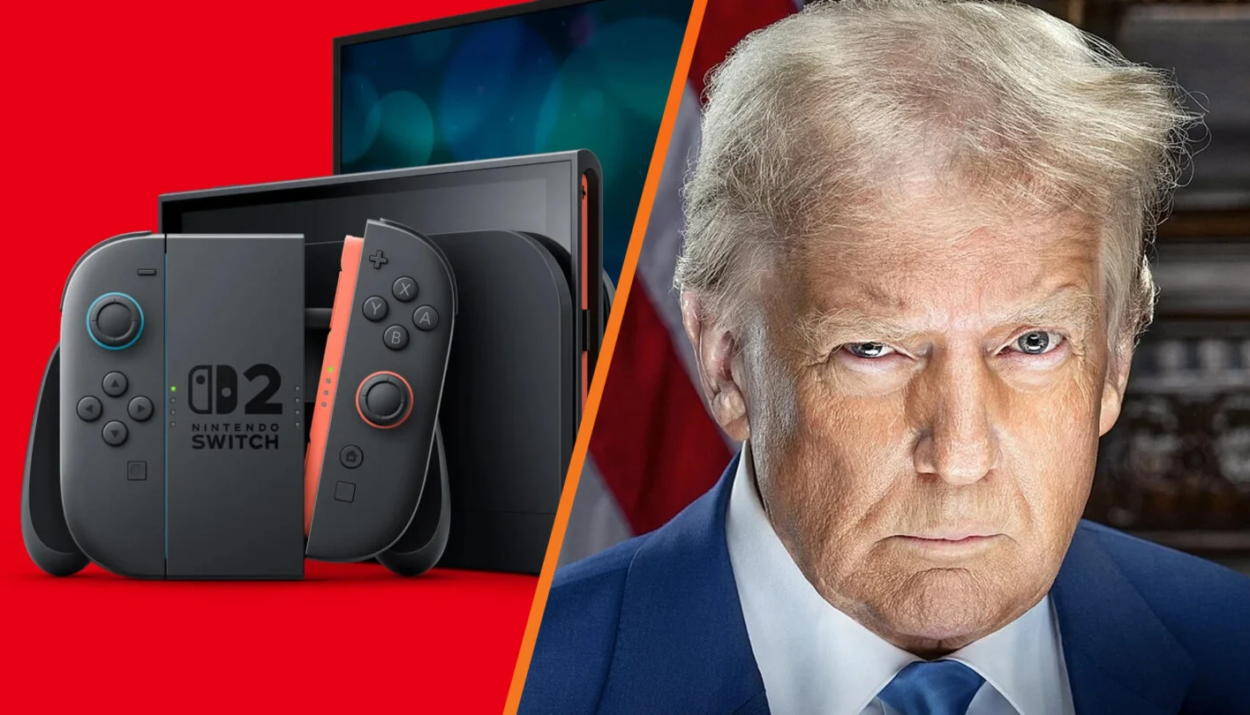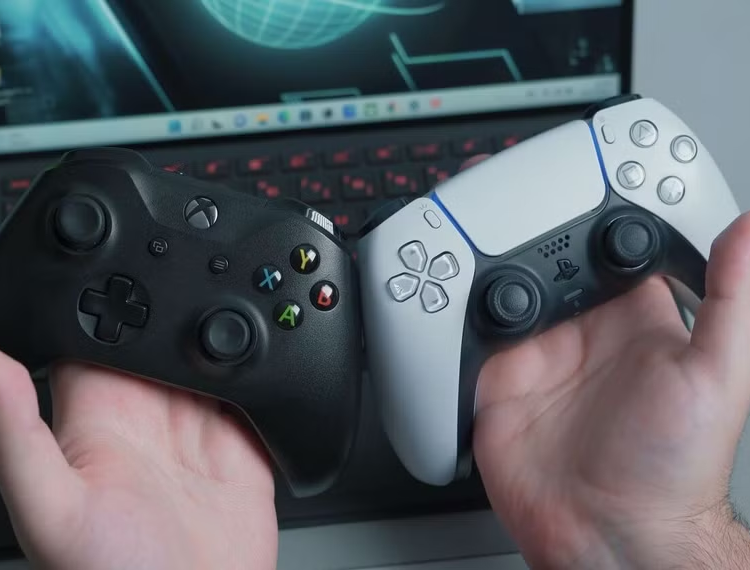The intersection of global trade policies and the gaming industry has rarely been as pronounced as it is in early 2025. Nintendo’s recent decision to delay the pre-order date for its highly anticipated Switch 2 console in the United States, announced on April 4, 2025, underscores this reality. The delay stems from the need to evaluate the impact of new tariffs imposed by President Donald Trump on imports from key manufacturing hubs like Japan, China, and Vietnam. Unveiled just days earlier on April 2, 2025, the Switch 2 promised a leap forward in gaming technology, only for its U.S. rollout to hit an unexpected snag tied to international economics. This development raises critical questions about pricing, supply chains, and the broader implications for the tech and gaming sectors. In this detailed exploration, the complexities of the situation are unpacked, offering insights into how trade policies could reshape the landscape for gamers and industry players alike.
The Announcement That Changed the Game
On April 4, 2025, Nintendo announced a delay in the U.S. pre-order date for the Switch 2, originally slated for April 9, 2025. According to a statement reported by IGN, the company cited the need to “assess the potential impact of tariffs and evolving market conditions” following President Trump’s tariff announcement on April 2, 2025. While the global launch remains set for June 5, 2025, this pre-order postponement has sparked widespread discussion about its ramifications.
The Switch 2 was revealed during a Nintendo Direct on April 2, 2025, showcasing features like 4K resolution when docked, a 1080p LCD screen in handheld mode, upgraded audio and video chat capabilities, and magnetically attachable Joy-Con 2 controllers. Priced at $449.99 for the base model and $499.99 for a bundle with Mario Kart World, it marks a significant jump from the original Switch’s $299.99 debut in 2017, as noted by The Verge. However, Trump’s simultaneous tariff reveal—imposing 24% duties on Japan, 46% on Vietnam, and 54% on China—cast a shadow over the launch, targeting regions integral to Nintendo’s production network.
Tariffs Explained: A Crash Course in Trade Economics
Tariffs are taxes levied on imported goods, often used to protect domestic industries or address trade imbalances, as defined by the U.S. Customs Service. In theory, they encourage consumers to buy locally made products by raising the cost of foreign alternatives. However, a study by the Peterson Institute for International Economics shows that these costs are frequently passed onto consumers, inflating prices.
For tech companies like Nintendo, tariffs disrupt intricate global supply chains. The Switch 2’s components—semiconductors, screens, batteries—may originate in China or Vietnam, with final assembly potentially in Japan. A Reuters report suggests that the 24% tariff on Japanese goods alone could add significant costs to the $449.99 base price, while the 54% rate on Chinese components could compound the issue. This uncertainty is at the heart of Nintendo’s pre-order delay.
Nintendo’s Supply Chain: Caught in the Crosshairs
Nintendo’s manufacturing has long relied on Asia. Historically centered in China, production shifted partially to Vietnam after Trump’s earlier tariffs in 2019, according to Bloomberg. This diversification aimed to mitigate risks, but the new 46% tariff on Vietnam and 54% on China have upended that strategy. Meanwhile, Japan’s 24% tariff hits final assembly costs.
Semiconductors from China or Taiwan (via companies like TSMC), displays possibly from Samsung or Chinese suppliers, and batteries from across Asia all face potential tariff hikes. This multi-layered cost structure complicates Nintendo’s ability to forecast expenses, prompting the pre-order pause as it recalibrates.
Impact on Gamers: Prices Up, Availability Down?
The Switch 2’s $449.99 price already exceeds the original Switch’s launch cost by $150, reflecting inflation and tech advancements, per Forbes. Tariffs could push it higher—perhaps to $499.99 or beyond—challenging its value proposition against the $499.99 PlayStation 5 and Xbox Series X, as compared by CNET.
The launch title Mario Kart World, priced at $79.99, already exceeds the typical $59.99 AAA game cost, drawing scrutiny on IGN forums. Further tariff-driven increases could test consumer tolerance, especially for casual and family audiences. The pre-order delay also risks supply shortages by June 5, potentially fueling scalping, as seen with past console launches covered by Wired.
Industry-Wide Repercussions
Sony and Microsoft, reliant on Asian production for the PlayStation 5 and Xbox Series X, face similar pressures. In 2019, the Entertainment Software Association warned that a 25% tariff could cost U.S. consumers $840 million. Today’s higher rates amplify that threat, potentially affecting console, accessory, and game prices across the board, per TechCrunch.
The Politics of Tariffs
Trump’s tariffs aim to boost U.S. manufacturing, but critics like Brookings Institution argue they raise prices and invite retaliation—China has already responded with its own duties, per CNN. Building U.S. factories, as suggested by some, is impractical short-term due to infrastructure and cost barriers, per MIT Technology Review.
Historical Context: Gaming in Trade Wars
During the 1980s, U.S. tariffs on Japanese electronics impacted Nintendo’s NES, yet strong titles sustained demand, notes Polygon. The 2019 shift to Vietnam showed adaptability, but today’s broader tariffs present a steeper challenge.
A Global Industry at Risk
Gaming thrives on international collaboration. Tariffs could fragment markets, raising prices unevenly and straining companies’ global strategies, as warned by The Economist.
Nintendo’s Next Moves
Options include raising prices, absorbing costs, delaying the U.S. launch, or shifting production long-term—each with trade-offs. A modest price adjustment seems likely, balancing consumer appeal and profitability, as speculated by GameSpot.
Top FAQs Answered
As the Switch 2 pre-order delay generates buzz, several questions have emerged among gamers and industry watchers. Below are answers to the most frequently asked questions, based on available data and expert analysis:
- Why did Nintendo delay Switch 2 pre-orders in the U.S.?
Nintendo postponed the April 9, 2025, pre-order date to evaluate the impact of Trump’s tariffs—24% on Japan, 46% on Vietnam, and 54% on China—announced on April 2, 2025. These affect the company’s supply chain, potentially raising costs, as reported by IGN. - Will the Switch 2 still launch on June 5, 2025?
Yes, Nintendo has confirmed the global launch date remains June 5, 2025. The delay affects only U.S. pre-orders, though supply constraints could still impact availability, per The Verge. - How much could tariffs increase the Switch 2’s price?
Estimates vary, but a 24% tariff on Japanese assembly could add $50-$100 to the $449.99 base price, while higher rates on components might push it further. Reuters suggests companies may split the burden, potentially landing the price around $475-$500. - Can I pre-order the Switch 2 outside the U.S.?
Nintendo hasn’t specified changes to pre-order plans elsewhere, implying other regions may proceed as scheduled. Check local retailers like Nintendo’s official site for updates. - Will tariffs affect Switch 2 games or accessories?
Possibly. Physical games and accessories like Joy-Con 2 controllers, often produced in Asia, could see price hikes if tariffs apply. Digital games are less directly impacted but could rise if development costs increase, per TechCrunch. - Could Nintendo move production to avoid tariffs?
Short-term, no—relocating factories takes years and significant investment. Long-term, it’s an option, but the U.S. lacks the immediate infrastructure, according to MIT Technology Review. - Are other consoles like PS5 or Xbox affected?
Yes, Sony and Microsoft, with Asian supply chains, face similar risks. The Entertainment Software Association has warned of industry-wide impacts, though no delays have been announced yet. - When will we know the new pre-order date?
Nintendo hasn’t provided a timeline but will likely update soon to maintain launch momentum. Analysts at GameSpot expect clarity by late April 2025.
Conclusion: Tech’s New Reality
The Switch 2 delay highlights how trade policies can disrupt even the most anticipated tech launches. As tariffs reshape costs and availability, the gaming industry—and consumers—must navigate an uncertain future where economics and entertainment are increasingly intertwined.








